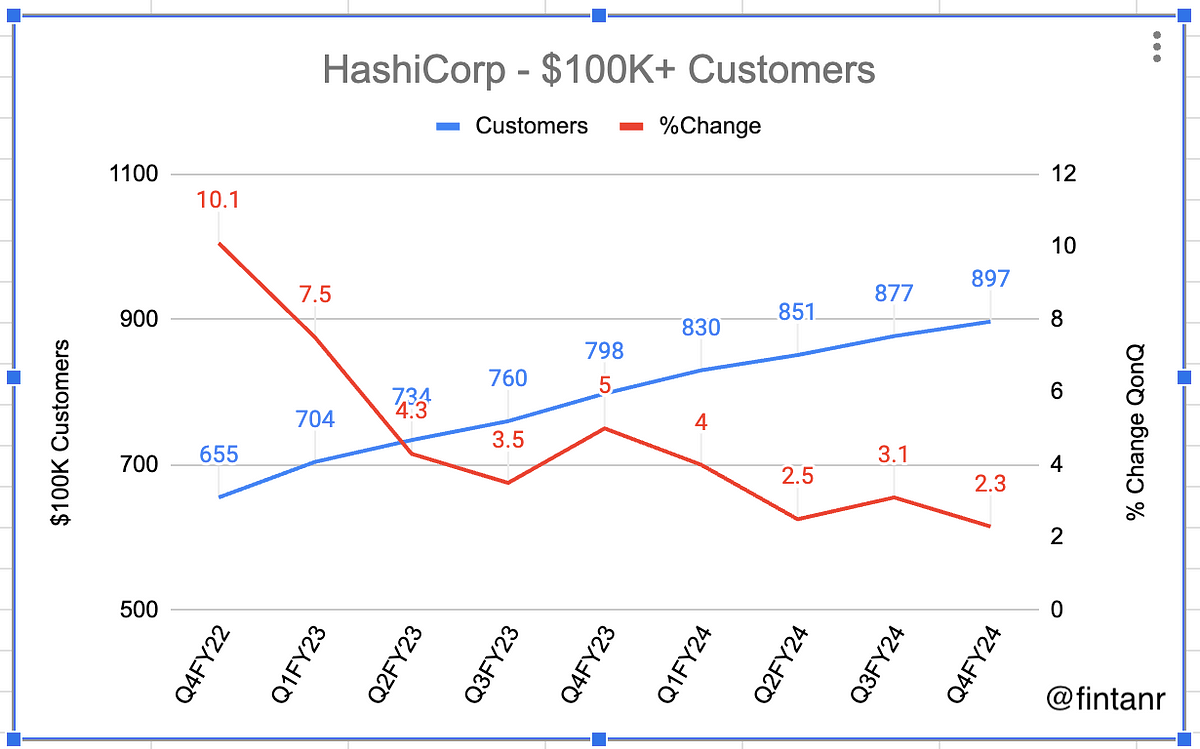Date of Viking Visit to North America Pinpointed to 1021 AD
Using samples of chopped-down wood left behind by Viking explorers at their settlement in Newfoundland and known chemical markers of powerful solar storms in 993 AD, a group of scientists has determined the exact timing of the first-known visit of Europeans to North America: 1021 AD. If you’re keeping score at home, that’s 471 years before Columbus.
A team of scientists looked at wood found at the L’Anse aux Meadows Viking site. In three cases the trees had been physically cut down, and moreover, they were clearly cut with metal tools — Vikings had metal implements at the time, but indigenous people did not. The wood was all from different trees (one was fir, and another juniper, for example). The key parts here are that the wood was all from trees that had been alive for many decades, and all had their waney edge intact as well.
The scientists extracted 127 samples from the wood, and 83 rings were examined. They used two methods to secure dates. The first was to compare the amount of carbon-14 in each ring with known atmospheric amounts from the time. This gives a rough date for the waney edge of the wood. They also then looked for an anomalous spike in carbon-14 in an inner ring, knowing this would have come from the 993 A.D. event, and then simply counted the rings outward from there to get the date of the waney edge.













.png)










